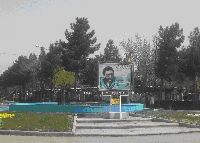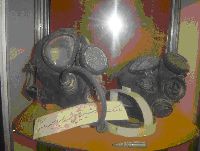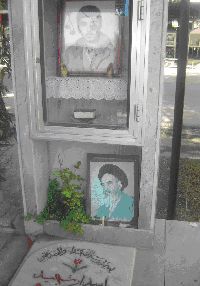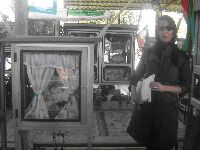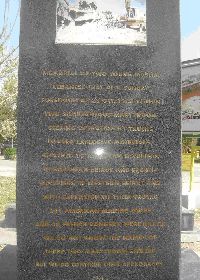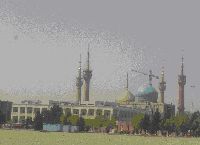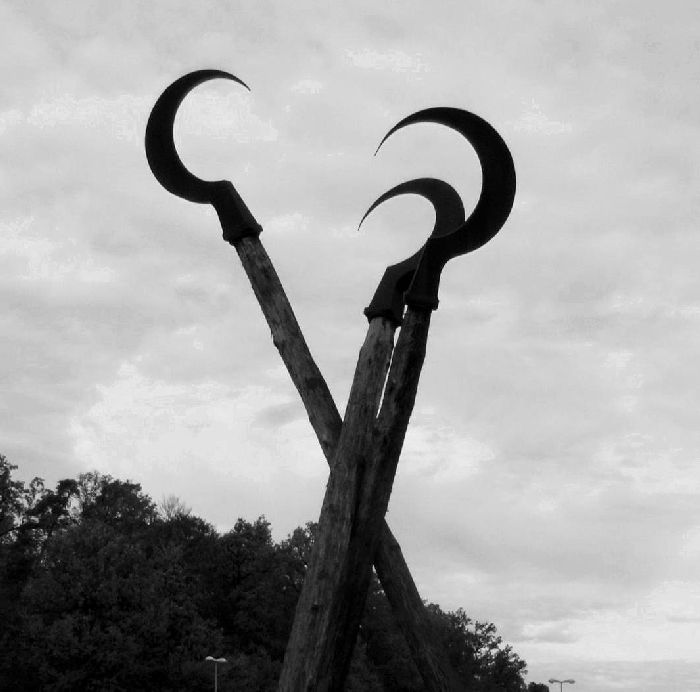Behesht Zahra Martyrs' Cemetery in Teheran, Iran
Pictures and text by Leila Afshrapour
I traveled to Iran in March of 2006 and had the chance to visit the famous Behesht Zahra cemetery located in the very south of the Iranian capital.; Tehran. Even twenty kilometers before getting to the cemetery, along the highway, we could see very young girls and boys, maybe eight years of age, selling all kinds of flowers. It is a very traditional act to leave flowers on graves in Iran. Its location is very far from the capital and almost always impossible to reach during working days due to a high level of traffic. I was lucky to choose a nice holiday morning since I arrived there on the Muslim New Year Holiday Season.
Behesht Zahra is a Persian and means "The paradise of Zahra." Zahra is just a very common name which is also believed to be the name of the daughter of Prophet Mohammed. Built in 1952, it is one of the biggest and most crowded cemeteries.
I arrived there early during the day and the immensity and vastness of it amazed me. We did not know which way to start and decided to first stop by the information office. The office was located right by the building were men and women are washed before being buried. I was tempted to get it and witness it with my own eyes. It was one of the hardest moments in my life. I had never seen any dead body before and suddenly seeing beds with dead women being washed shook me a lot. Then it was straight to the soldier's cemetery. There were hundred thousand of graves laying there in long unfinished rows. I was pretty sure that these rows would never end. It was a sad moment seeing these entire graves one after the other ones. Most of them had pictures and personal belonging and the majority of them looked younger than their eighteen. Some of the graves had toys and bullets gathered in a small windowed box on top of their graves. I noticed a section right there with graves without names. I am pretty sure they buried body parts and never found out their identities.
The unique aspect about this cemetery is the fact that each part of it has a special trait. For example, the south part of the cemetery is dedicated to intellectuals who opposed the Shah and find connection with Khomeini. The western part is dedicated to the victims of the Savak also know as Organization for Intelligence and National Security who were at that time almost ruling the country. Another small part is dedicated to officials killed in the terrorist bombing of the headquarters of the revolution's Islamic Republic Party in 1981 (Sciolino, E). And at last there is the Eastern part only the soldiers who battled in the Iran-Iraq war and died in the way of God are resting.
Sources: Sciolino, Elaine (2002). Martyrs Never Die. An excerpt from Persian Mirrors: The Elusive Face of Iran (2000). This text is available online at www.pbs.org/wgbh/pages/frontline/shows/tehran/inside/martyrs.html.
